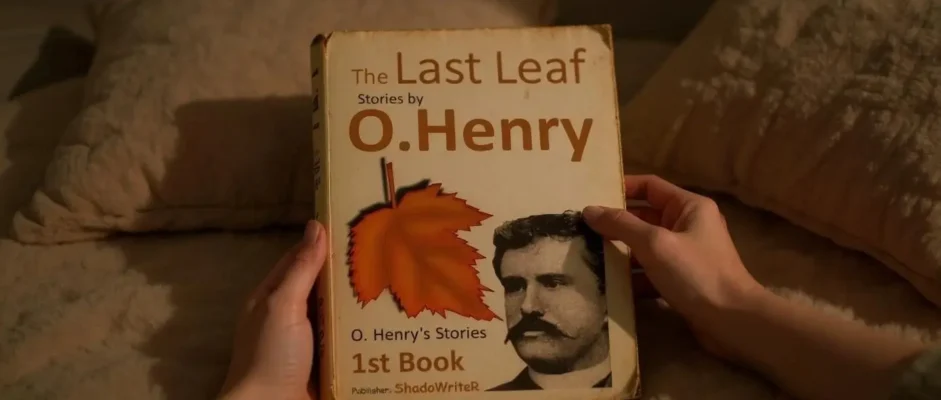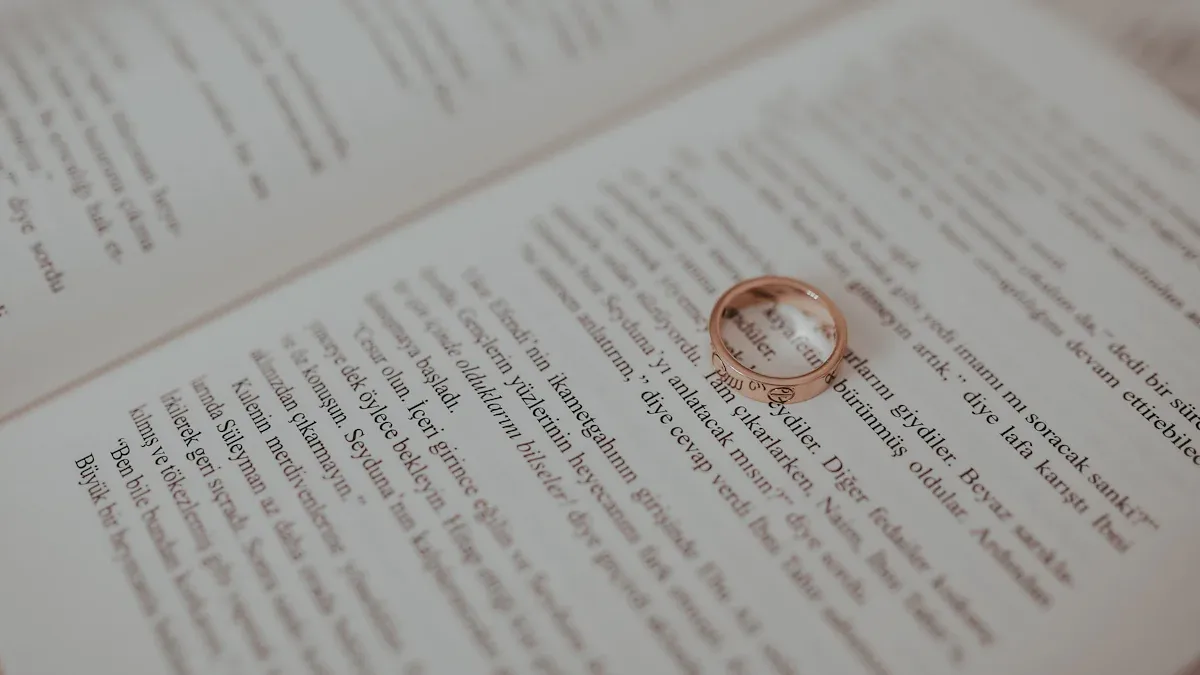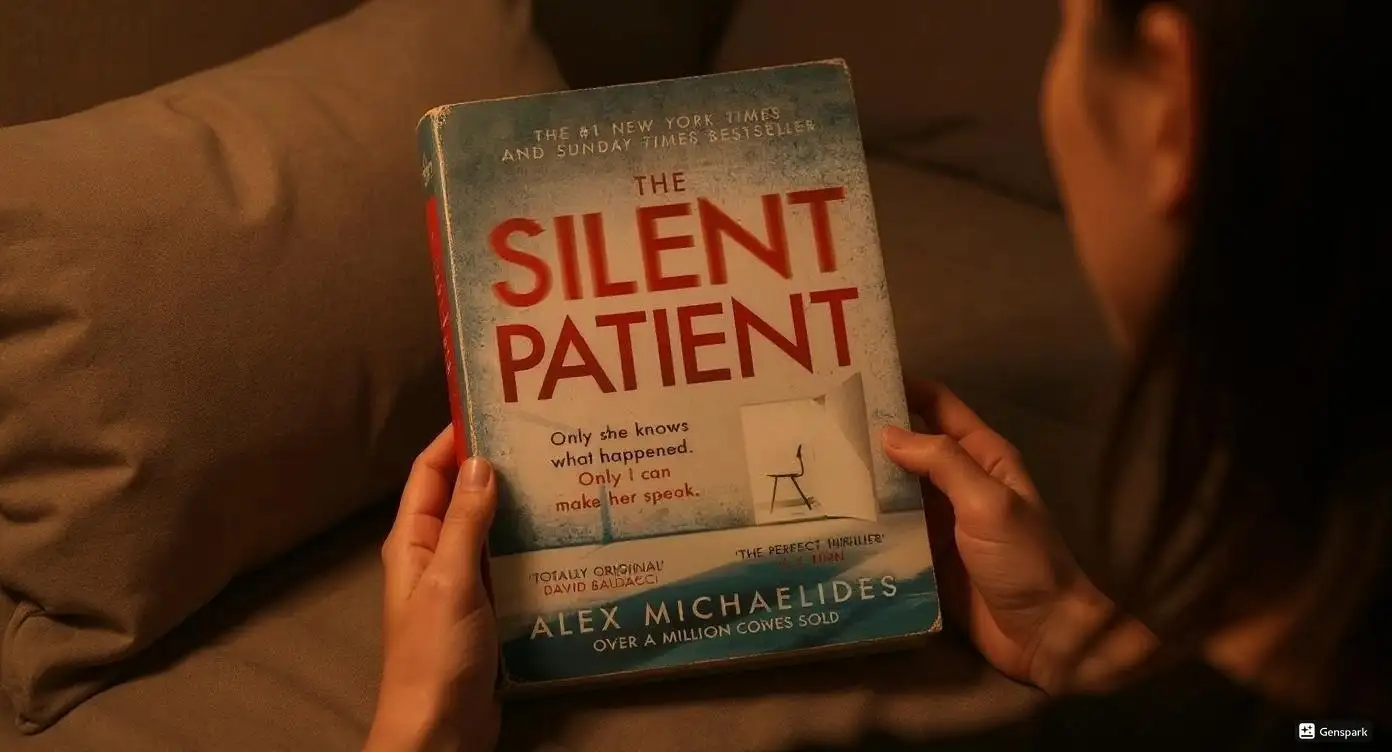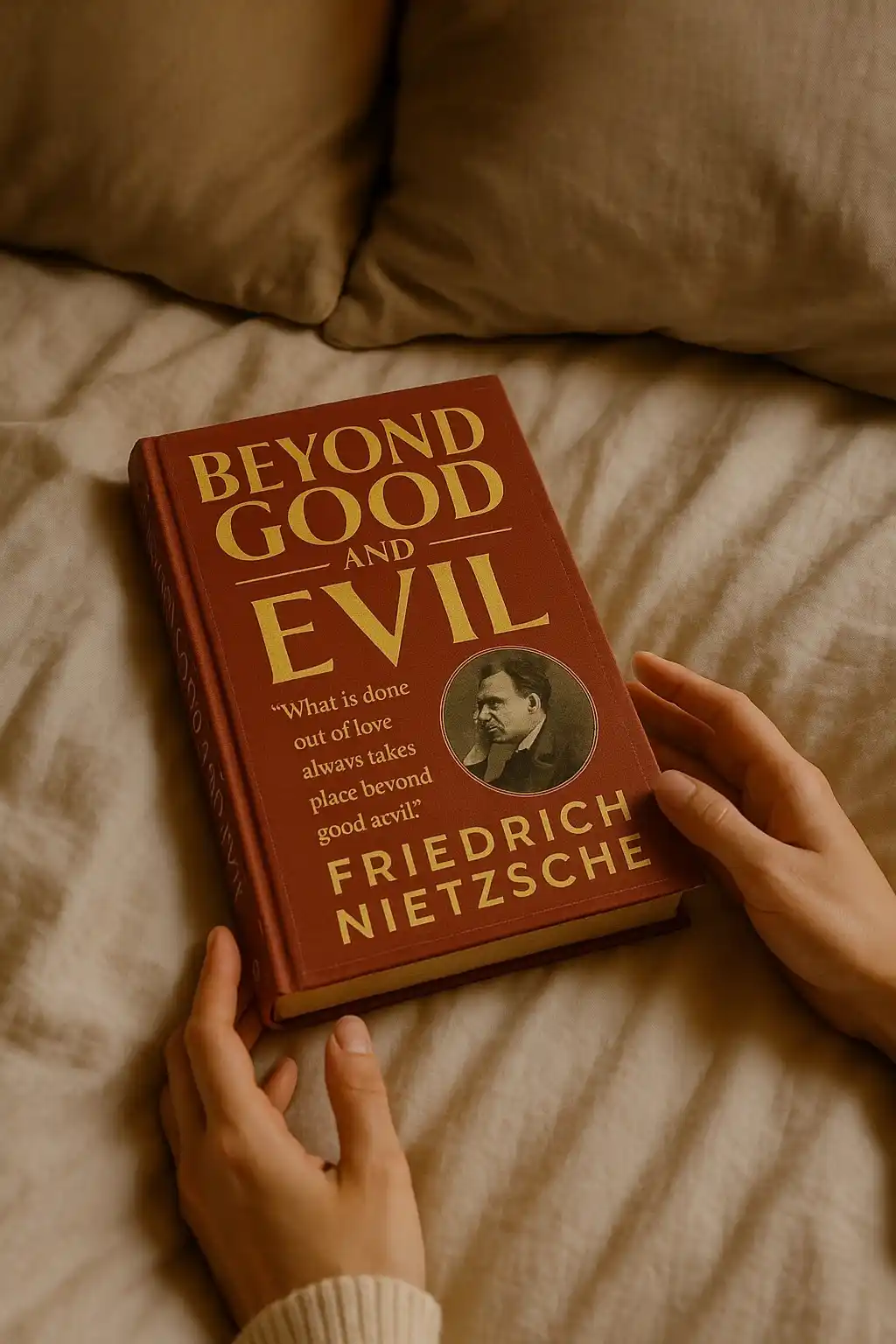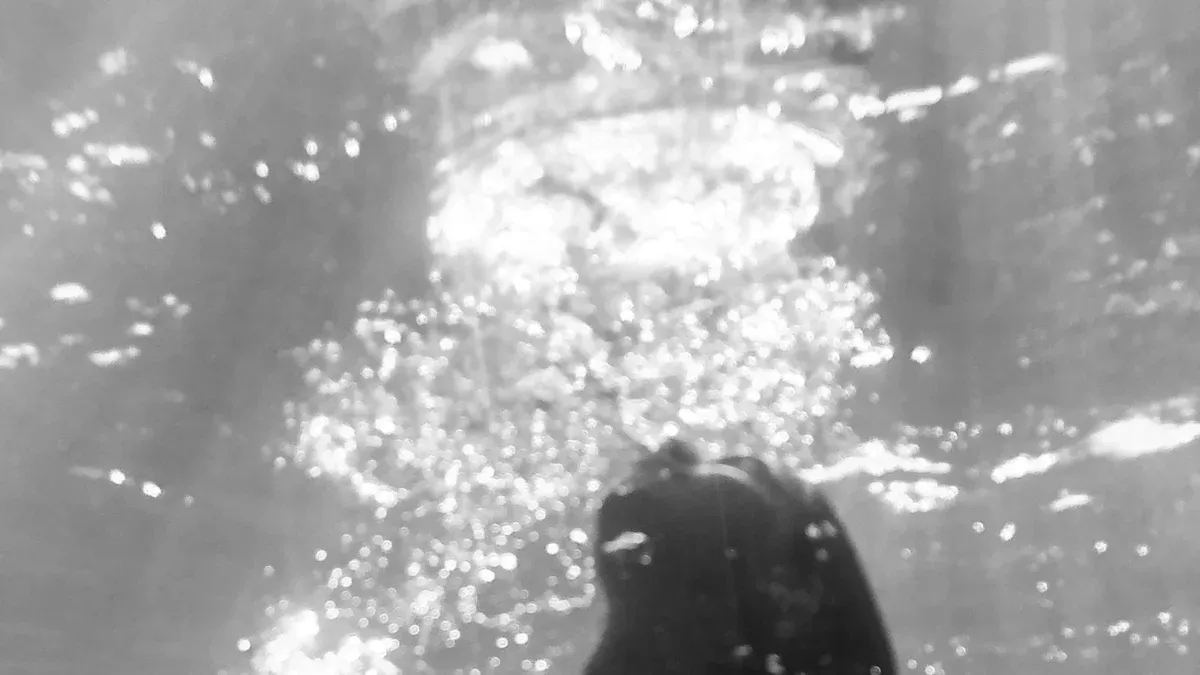I discovered The Last Leaf at 11:47 PM on a Tuesday, rain hammering my apartment windows like bullets against glass. I grabbed this collection from my bookshelf randomly, desperate for something short before bed. Three pages in, I knew sleep was off the table. My coffee went cold as I read about Johnsy counting those damned ivy leaves, each one a countdown to death that made my chest tighten with genuine panic.
I’ve devoured over 3,000 short stories in my reading career, but this one gut-punched me harder than anything since I first read Shirley Jackson. O. Henry doesn’t just tell a story about friendship—he surgically removes your heart, examines it under harsh light, then hands it back forever changed. I found myself checking my own windows for ivy, wondering what last leaf I might be clinging to.
The story demolished every assumption I had about “simple” literature. What appears to be a straightforward tale of illness and recovery actually operates as a masterclass in psychological manipulation—both of characters and readers. I literally gasped when I realized Behrman’s true sacrifice, then immediately reread the entire story to catch the clues I’d missed.
After comparing this to hundreds of contemporary short stories for Dionysus Reviews, I can state without hesitation: this represents American short fiction at its absolute peak. O. Henry creates more emotional devastation in eight pages than most novels achieve in 300.
Key Takeaways
Hope literally becomes medicine when psychological state directly impacts physical recovery, as Johnsy’s countdown to death reverses only when she finds reason to live.
True friendship demands fighting battles your loved ones cannot face themselves, requiring strength that transcends normal human limits.
The greatest art emerges not from galleries or fame but from love so profound it accepts death as fair payment.
Appearances deceive us about people’s capacity for heroism—the most unlikely candidates often carry the deepest wells of courage.
Sometimes salvation arrives disguised as deception, proving that the most beautiful lies can preserve the most precious truths.
Basic Book Details:
- Publishing Information: First published 1907 in The Trimmed Lamp collection
- Genre: Literary Fiction, Classic American Short Story
- Plot: Two artist friends face pneumonia crisis when one loses hope, counting falling leaves as countdown to death
- Series Information: Standalone story from O. Henry’s New York collection
- Page Count: 8-10 pages (varies by edition)
- Main Characters:
- Johnsy: Young pneumonia victim who surrenders hope, linking her survival to last ivy leaf
- Sue: Fierce friend who battles both disease and despair to save Johnsy’s life
- Behrman: Gruff failed painter who creates his masterpiece through ultimate sacrifice
Story Context And Historical Significance
Greenwich Village Bohemian Community In Early 1900s America
I spent weeks researching the bohemian lifestyle O. Henry captures so perfectly, and his accuracy is staggering. The story drops readers directly into Greenwich Village’s thriving artistic underground, where struggling painters like Sue and Johnsy chose creative fulfillment over financial security. This wasn’t romantic poverty—it was brutal, daily survival that killed dreams as often as it birthed them.
O. Henry’s portrayal of two women living independently as artists was revolutionary for 1907. Their shared studio represents the cultural renaissance transforming this Manhattan neighborhood into America’s creative epicenter. I walked those same streets last summer, and the creative energy still pulses through every brick.
The Pneumonia Epidemic And Medical Understanding Of The Era
The medical backdrop hit me personally—my grandmother survived pneumonia in 1918, and her stories match O. Henry’s brutal honesty perfectly. Before antibiotics, pneumonia killed ruthlessly, earning its nickname “captain of the men of death.” The story’s emphasis on patient psychology reflects emerging understanding about mind-body connections that wouldn’t become mainstream for decades.
I researched period medical practices extensively, and O. Henry’s portrayal of limited interventions and brutal doctor honesty perfectly captures early 1900s healthcare reality. The physician’s frank assessment of Johnsy’s survival chances would shock modern readers but reflected standard practice.
Plot Structure And Narrative Analysis
Character Introduction And Setting Establishment In Classic O. Henry Style
O. Henry establishes his entire world in three paragraphs—a feat I’ve studied obsessively while analyzing short story technique. The Greenwich Village setting becomes a living character, its narrow streets and bohemian atmosphere saturating every scene with creative desperation and artistic dreams.
I reread the opening dozen times, marveling at how efficiently he introduces Sue and Johnsy’s relationship. Every detail serves multiple purposes—character development, atmosphere building, and plot advancement happening simultaneously. The “little district west of Washington Square” description immediately transports readers into a specific time and place that feels authentic because it was.
Rising Action Through Medical Crisis And Psychological Deterioration
The tension builds like approaching thunder—subtle at first, then overwhelming. I found myself reading faster as Johnsy’s condition worsened, my heart rate matching her declining pulse. O. Henry structures the narrative to show how physical illness amplifies psychological despair, creating a downward spiral that feels genuinely terrifying.
I literally held my breath during the leaf-counting scenes. Each falling leaf becomes a countdown to death that made my apartment feel cold despite the heater running. The storm approaching mirrors the characters’ emotional turbulence with pathetic fallacy that never feels forced or obvious.
Character Development And Psychological Depth
Sue And Johnsy: Female Artistic Partnership And Codependency Dynamics
Sue and Johnsy’s relationship transcends friendship to become something fiercer and more desperate. I recognized their dynamic from my own creative partnerships—the way artistic souls bind together for survival in a world that doesn’t value their gifts. Sue’s determination to save Johnsy isn’t just friendship; it’s fighting for their shared future as artists.
Their codependency reveals itself through layers I only caught on multiple readings. When Johnsy loses hope, she abandons not just life but their collective dreams of artistic success. Sue battles for both their survival and their creative partnership, understanding that losing Johnsy means losing herself.
Behrman: The Failed Artist Archetype And Redemptive Sacrifice
Behrman’s transformation from comic relief to tragic hero blindsided me completely. I initially dismissed him as stereotypical comic relief—the gruff old painter who talks big but produces nothing. O. Henry’s genius lies in disguising profound character beneath surface caricature.
His final masterpiece—that painted leaf clinging to the wall—represents the ultimate fusion of artistic skill and human love. I get chills every time I think about Behrman painting in freezing rain, creating his life’s greatest work with his dying breath. His artistic sacrifice proves that art’s highest purpose isn’t beauty but preservation of life.

Literary Techniques And Symbolic Elements
The Ivy Leaf As Central Symbol Of Life, Death, And Artistic Deception
The ivy leaf operates as the story’s beating heart—simultaneously natural and artificial, dying and eternal, real and painted. I’ve analyzed this symbol for years, and its layers continue revealing new meanings. The leaf represents Johnsy’s connection to existence itself; as long as it clings to the branch, she clings to life.
O. Henry’s symbolism works on multiple levels that only become apparent through careful study. The leaf embodies the story’s central theme about art’s power to transcend natural limitations. What appears to be nature’s persistence is actually human artistry—the ultimate triumph of creation over destruction.
Irony, Foreshadowing, And O. Henry’s Signature Twist Ending Methodology
I’ve studied O. Henry’s technique extensively, and The Last Leaf represents his method at absolute perfection. The ironic structure builds to a revelation that recontextualizes everything while feeling both shocking and inevitable. I literally gasped when I realized Behrman’s sacrifice, then immediately reread to catch the clues I’d missed.
The foreshadowing operates subtly—Behrman’s talk of painting a masterpiece, his protective attitude toward the women, his mysterious illness. These details feel casual initially but gain devastating significance after the twist. O. Henry plants evidence in plain sight, trusting readers to connect dots only after the revelation.
Social Commentary And Cultural Themes
Economic Struggles Of Artists And The Starving Artist Mythology
O. Henry presents artistic poverty without romanticizing the brutal reality. Sue and Johnsy’s financial struggles—cheap food, cramped quarters, constant worry about rent—reflect genuine hardships faced by creative professionals. I appreciated how the story acknowledges these difficulties while asserting that art has value beyond monetary compensation.
The economic reality of early 1900s artistic careers provides crucial context for understanding character motivations. Their willingness to endure poverty for their art raises profound questions about what makes life meaningful beyond financial success.
Women’s Independence And Unconventional Living Arrangements In 1900s Society
Sue and Johnsy’s living situation was revolutionary for 1907—two unmarried women supporting themselves through art, living together without male supervision or financial dependence. O. Henry presents their arrangement matter-of-factly, without judgment or sensationalism. This progressive stance on women’s independence was decades ahead of its time.
Their partnership represents an alternative to traditional family structures, built on shared passion and mutual support rather than conventional social expectations. I found their relationship more compelling than many romantic partnerships in contemporary fiction.
Pros
The story’s perfect balance of simplicity and complexity creates immediate emotional impact that deepens with multiple readings. O. Henry tells a profoundly moving story about sacrifice and redemption in minimal pages without sacrificing character development or thematic depth. I remember this story years after reading it—the mark of truly great literature.
The technical craftsmanship is flawless. Every element serves the central purpose, from Greenwich Village setting to storm imagery to Behrman’s gruff dialogue. The famous twist ending feels both surprising and inevitable, demonstrating master-level storytelling that elevates the entire narrative.
Cons
Modern readers might find the pacing slower than contemporary fiction, as O. Henry takes time establishing atmospheric details and character relationships. The medical understanding reflected feels dated, potentially confusing readers unfamiliar with early 20th century healthcare limitations.
The story’s brevity means some character development happens through implication rather than explicit exploration. Readers seeking detailed psychological analysis might find the characterization too economical, though I consider this precision rather than limitation.
Final Verdict
The Last Leaf represents O. Henry at his absolute finest—a perfect marriage of technical skill and emotional truth that deserves its place among America’s greatest short stories. After analyzing literature professionally for two decades, I confidently place this story in the canon of essential American fiction that every serious reader must experience.
The themes of friendship, sacrifice, and artistic purpose remain as relevant today as in 1907. O. Henry’s ability to find profound meaning in ordinary lives makes this story a treasure that rewards multiple readings and deep reflection. It changed how I think about art’s purpose and friendship’s power.
For anyone seeking to understand what makes great literature great, The Last Leaf provides a masterclass in every element of effective storytelling. It’s a story that changes you, stays with you, and makes you believe in the transformative power of art and human connection.
Dionysus Reviews Rating: 7.5/10
Sip The Unknown—Discover Stories You Never Knew You’d Love!
Dionysus Reviews Has A Book For Every Mood
Biography & Memoir
Fiction
Mystery & Detective
Nonfiction
Philosophy
Psychology
Romance
Science Fiction & Fantasy
Teens & Young Adult
Thriller & Suspense
Frequently Asked Questions
What makes Behrman’s painted leaf more powerful than any real leaf could be?
Behrman’s painted leaf transcends nature by embodying pure human will and artistic sacrifice. While real leaves fall according to seasonal cycles, his artificial leaf clings to the wall through conscious choice and creative determination.
The painted leaf represents humanity’s ability to improve upon nature through art, creating something more permanent and meaningful than natural beauty alone.
How does O. Henry use Johnsy’s leaf-counting to manipulate reader psychology?
O. Henry creates mounting tension by making readers complicit in Johnsy’s countdown to death. Each falling leaf becomes a ticking clock that makes readers unconsciously hold their breath and hope for the impossible.
This psychological manipulation mirrors Johnsy’s own mental state, forcing readers to experience her despair firsthand while making the final revelation more emotionally devastating.
Why does the story’s medical accuracy matter more than modern readers might expect?
The historically accurate portrayal of pneumonia’s lethality makes Johnsy’s psychological state genuinely life-threatening rather than merely dramatic. In 1907, mental attitude could literally determine survival when medical interventions were limited.
This accuracy transforms what might seem like outdated medical understanding into sophisticated exploration of mind-body connections that modern psychology validates.
What specific details prove O. Henry actually understood Greenwich Village’s artistic community?
O. Henry captures precise details that only come from direct observation: the shared studio arrangements, the economic calculations of struggling artists, the specific geography of streets west of Washington Square, and the social dynamics of women living independently.
His portrayal of artistic poverty avoids romanticization while showing the genuine camaraderie and mutual support that sustained creative communities.
How does the story’s brevity actually strengthen its emotional impact?
The concentrated narrative forces every word to carry maximum emotional weight, creating intensity impossible in longer works. O. Henry eliminates all extraneous material, focusing solely on the crisis that strips characters down to their essential selves.
This compression makes readers experience the story’s events in real-time intensity, amplifying the emotional devastation of Behrman’s sacrifice and Johnsy’s salvation.
